Posted on 12/19/2025
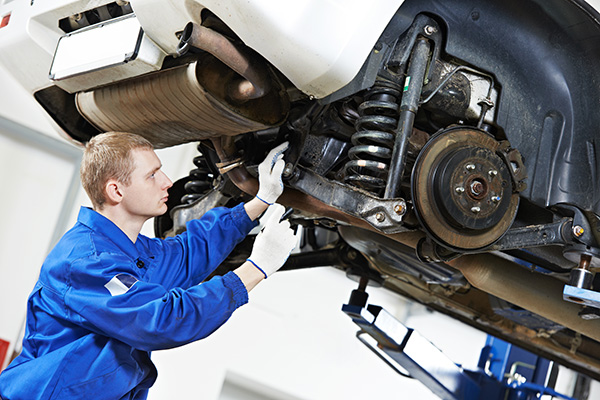
You ease into a parking lot, turn the wheel, and hear that sharp click-click-click from the front of the car. The steering still works and the car feels mostly normal, so it is tempting to ignore it for a while. That sound is usually your front end trying to get your attention before something more serious or expensive shows up. Why Your Car Clicks When You Turn Most turning noises come from parts that support the car's weight and allow the wheels to pivot. As those parts wear, they get loose, dry, or cracked, and the movement that used to be smooth starts to make noise. Turning the wheel shifts weight from side to side, which is why the sound shows up more in tight corners than in a straight line. The type of noise and when it happens matter. A steady rhythmic clicking in a tight turn is very different from a single clunk over a bump or a groan at full lock. When we road test a car for a noise like this, we pay close attention to whether it happens only while m ... read more
Posted on 11/28/2025
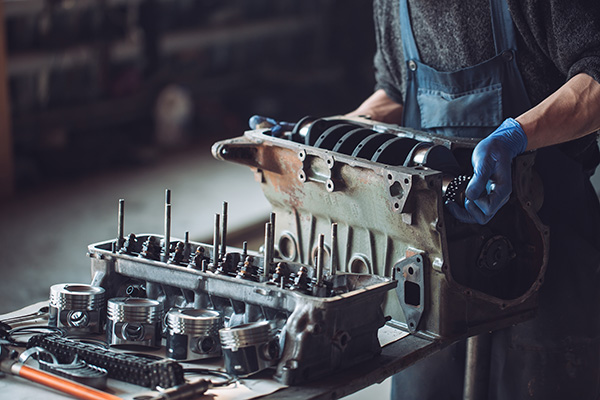
An engine failure does not always mean the vehicle’s story is over. Sometimes a focused repair brings thousands of reliable miles. Other times, the practical move is a full replacement. This guide lays out how to compare your options with real-world costs, risks, and long-term value in mind. First, Confirm You Have an Engine Problem Before weighing big decisions, make sure the core issue is truly internal. Low power, misfires, or overheating can come from fuel, ignition, exhaust restriction, or cooling faults that are far cheaper than opening the engine. A compression and leak-down test, an oil pressure test, and a cooling system pressure test separate an internal failure from an external one quickly. Our technicians start here, so you are not paying for an engine when a sensor or clogged converter is the real culprit. Repair vs. Replace: Key Decision FactorsType of failure Head gasket seep, minor timing chain noise, or a s ... read more
Posted on 10/31/2025
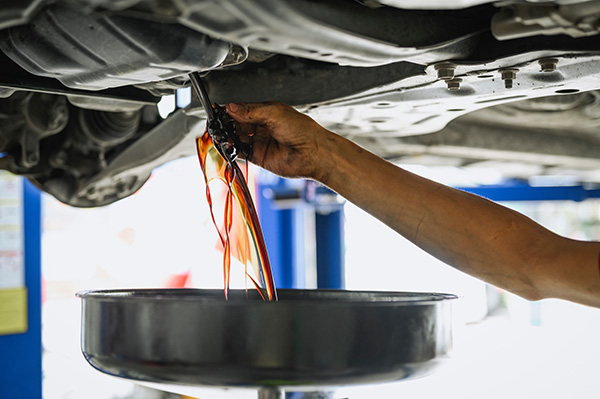
You change the oil, drive a few days, then check the dipstick, and it already looks dark. That can feel alarming, especially if you expect fresh oil to stay honey colored for thousands of miles. In many cases, dark oil is doing its job. Color alone does not tell the whole story, and quick darkening can be perfectly normal depending on your engine, your driving, and the type of oil you use. What Oil Color Really Means Motor oil carries heat away, reduces friction, and suspends contaminants so they can be trapped by the filter. As it circulates, detergents and dispersants pick up soot, oxidized fuel byproducts, and microscopic metal particles. The more debris the oil is holding in suspension, the darker it looks. That is often a sign that the additive package is working, not failing. The real questions are whether the level is correct, the viscosity matches the specification, and the change interval fits your driving. Those tell you much more than color. Dire ... read more
Posted on 9/26/2025
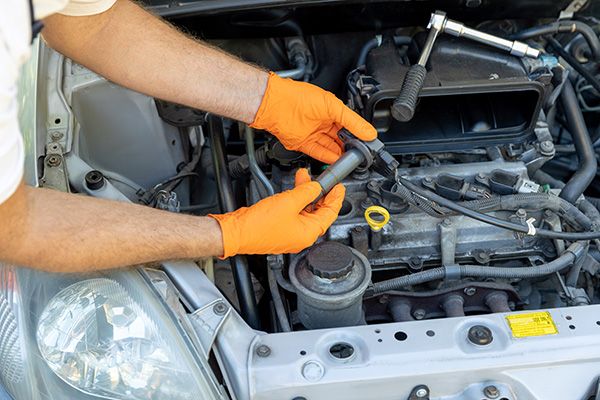
Your engine relies on a controlled spark to ignite fuel and keep things moving. That spark comes from a combination of spark plugs and ignition coils. These two parts work together in the background every time you start your car, and they continue working as long as the engine is running. If either one starts to wear out or fails, you may begin to notice a rough idle, poor gas mileage, or sluggish acceleration. That’s because the spark isn’t happening as cleanly or consistently as it should. The longer these issues are ignored, the more they can affect performance and fuel economy. What Spark Plugs Actually Do Spark plugs sit inside each cylinder and are responsible for lighting the air-fuel mixture. This controlled explosion is what drives the pistons up and down. Every time it fires, your spark plug creates a tiny electrical arc across a gap between two m ... read more
Posted on 8/29/2025
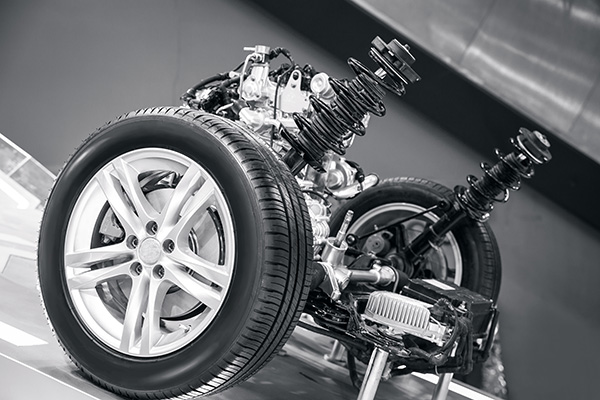
Most drivers think of the engine or transmission when it comes to performance, but the suspension is just as critical. The suspension system connects the wheels to the frame and absorbs the bumps, dips, and vibrations of the road. It is responsible for two main goals: keeping the ride comfortable and making sure the tires maintain contact with the pavement for safe handling. A well-maintained suspension makes the difference between a smooth, controlled drive and one that feels rough or unstable. How Suspension Contributes to Ride Comfort Comfort on the road is largely influenced by the suspension’s ability to absorb shocks. Springs and struts cushion the vehicle from bumps, potholes, and uneven surfaces so the driver and passengers don’t feel every jolt. When suspension components wear out, the ride becomes harsh, and even small imperfections in the road feel exaggerated. If your car bounces excessively after hitting a bump or feels rougher than usual, th ... read more
Posted on 7/29/2025
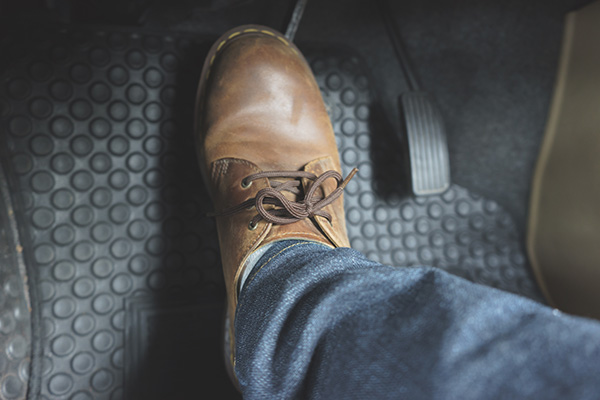
A brake pedal that feels soft, squishy, or spongy can be unsettling—and for good reason. Your vehicle’s braking system is essential for safe driving, and when something feels off, it often means a problem is developing under the surface. A spongy brake pedal isn’t just a comfort issue; it’s a sign that the braking system isn’t working as efficiently as it should. Knowing what causes a spongy pedal and knowing when to have it checked can help you avoid reduced braking power or even brake failure. What a Spongy Brake Pedal Feels Like A spongy brake pedal usually feels less firm than normal and sinks closer to the floor when pressed. You might find yourself needing to push harder to get the same stopping power, or the brakes may feel inconsistent during repeated use. This sensation can develop gradually over time or appear suddenly. Either way, it’s a warning that something is interfering with the hydraulic pressure your brake syste ... read more
Posted on 6/27/2025

Driving at night presents unique challenges, and glare from headlights and streetlights is one of the most common complaints. Whether it’s the bright beams of oncoming traffic, poorly aimed headlights, or the reflection of lights off wet roads, glare can significantly reduce your visibility and reaction time. If you find yourself squinting or struggling to keep your eyes focused during nighttime drives, it's time to take action. Glare isn't just a nuisance. It can be a safety hazard. When visibility is compromised, so is your ability to judge distances, spot obstacles, and react quickly to changes in traffic. Fortunately, there are several effective ways to reduce glare and improve your confidence behind the wheel after dark. Keep Your Windshield Clean Inside and Out It might seem simple, but a dirty windshield is one of the biggest contributors to glare. Dirt, smudges, and streaks scatter light, making it harder to see clearly. Even a light film on th ... read more
Posted on 5/30/2025
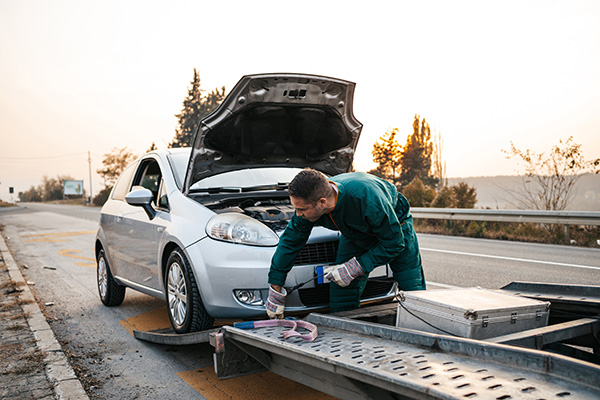
Car trouble never seems to happen at a convenient time. It might be late at night on a quiet road, during a storm, or in the middle of your daily commute. When it does, having a reliable 24-hour towing service saved in your phone can make all the difference. It’s one of the easiest ways to stay prepared for emergencies and reduce stress during unexpected breakdowns. Too many drivers wait until a problem strikes before searching for help. But when time matters, scrambling for a solution isn’t ideal. A saved contact means you’re ready to act quickly and safely. Breakdowns Can Happen Anytime, Anywhere Flat tires, dead batteries, overheating engines, or accidents—they can all leave your vehicle disabled without warning. These events don’t stick to business hours. You could find yourself stranded in the early hours of the morning or d ... read more
Posted on 4/28/2025
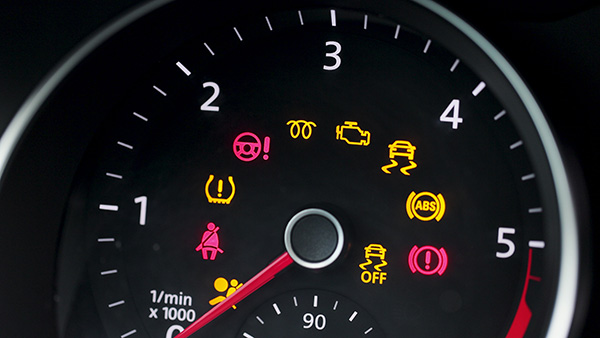
Today’s vehicles rely heavily on sensors to monitor everything from fuel and air mixtures to tire pressure and emissions. These sensors feed real-time data to your car’s computer systems, helping the engine run smoothly and alerting you when something goes wrong. But what happens when one sensor goes bad? In many cases, it doesn’t just cause one light to come on—it can trigger several. Here’s how a faulty sensor can lead to multiple warning lights and what it means for your vehicle. The Role of Vehicle Sensors Modern vehicles contain dozens of sensors, each responsible for tracking a specific function. For example, oxygen sensors monitor emissions, mass airflow sensors track incoming air, wheel speed sensors assist with ABS, and the throttle position sensor helps manage acceleration. All of this information is processed by your vehicle’s computer (often called the ECM or PCM) to ensure proper performance. When one of these sensor ... read more
Posted on 3/28/2025
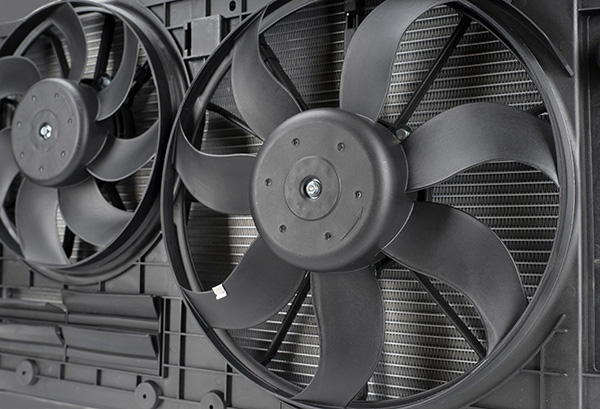
Noticing your cooling fan running after you turn off the engine can be confusing, but it isn’t always a sign of trouble. Many modern vehicles are designed to let the fan keep spinning to help cool the engine or prevent heat buildup under the hood. That said, if the fan stays on for too long or runs constantly, it could point to an issue with the cooling system, a faulty sensor, or an electrical problem. Knowing what’s normal and what’s not can help you catch problems early and avoid unnecessary repairs. Why the Cooling Fan Stays On After You Shut Off the Car Modern engines run hotter than older ones because they’re designed for efficiency and reduced emissions. That means they need better cooling—and the fan is part of that equation. When you park after a long drive or after sitting in traffic, the engine might still be above its target temperature. So, even though you’ve turned the car off, the cooling fan may stay on briefly to ... read more